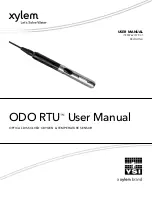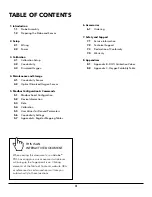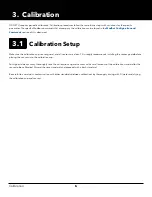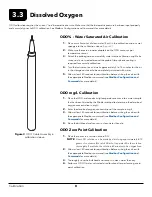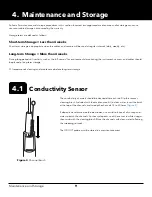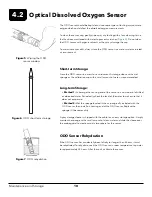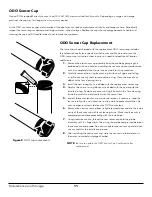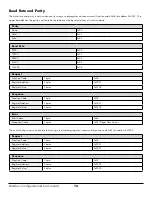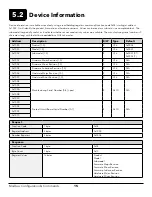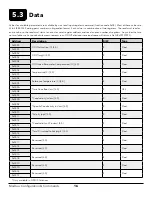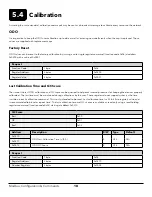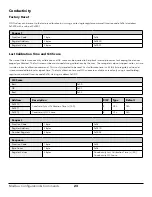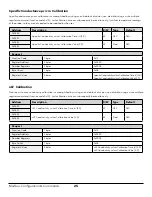
10
Maintenance and Storage
4.2
Optical Dissolved Oxygen Sensor
The ODO sensor should be kept clean since some types of fouling may consume
oxygen which could affect the dissolved oxygen measurements.
To clean the sensor cap, gently wipe away any fouling with a lens cleaning tissue
that has been moistened with water to prevent scratches (
Figure 5
). Do not clean
the ODO sensor with organic solvents as they may damage the cap.
To minimize sensor drift, always store the ODO sensor in a wet or water-saturated
air environment.
Figure 5
Wiping the ODO
sensor window
Figure 6
ODO short-term storage
Short-term Storage:
Store the ODO sensor in a moist air environment. A storage sleeve with a wet
sponge or the calibration cup with a small amount of water is recommended.
Long-term Storage:
• Method 1:
Submerge the sensing end of the sensor in a container of distilled
or deionized water. Periodically check the level of the water to make sure that it
does not evaporate.
• Method 2:
Wet the sponge located in the cap originally included with the
ODO sensor, then install on sensing end of the ODO sensor. Replace the
sponge if it becomes dirty.
A grey storage sleeve is shipped with the cable for an easy storage option. Simply
moisten the sponge with a small amount of clean water and slide the sleeve over
the probe guard to create a moist atmosphere for the sensor.
ODO Sensor Rehydration
If the ODO sensor has accidentally been left dry for longer than 8 hours, it must
be rehydrated. To rehydrate, soak the ODO sensor in room temperature tap water
for approximately 24 hours. After the soak, calibrate the sensor.
Figure 7
ODO rehydration

